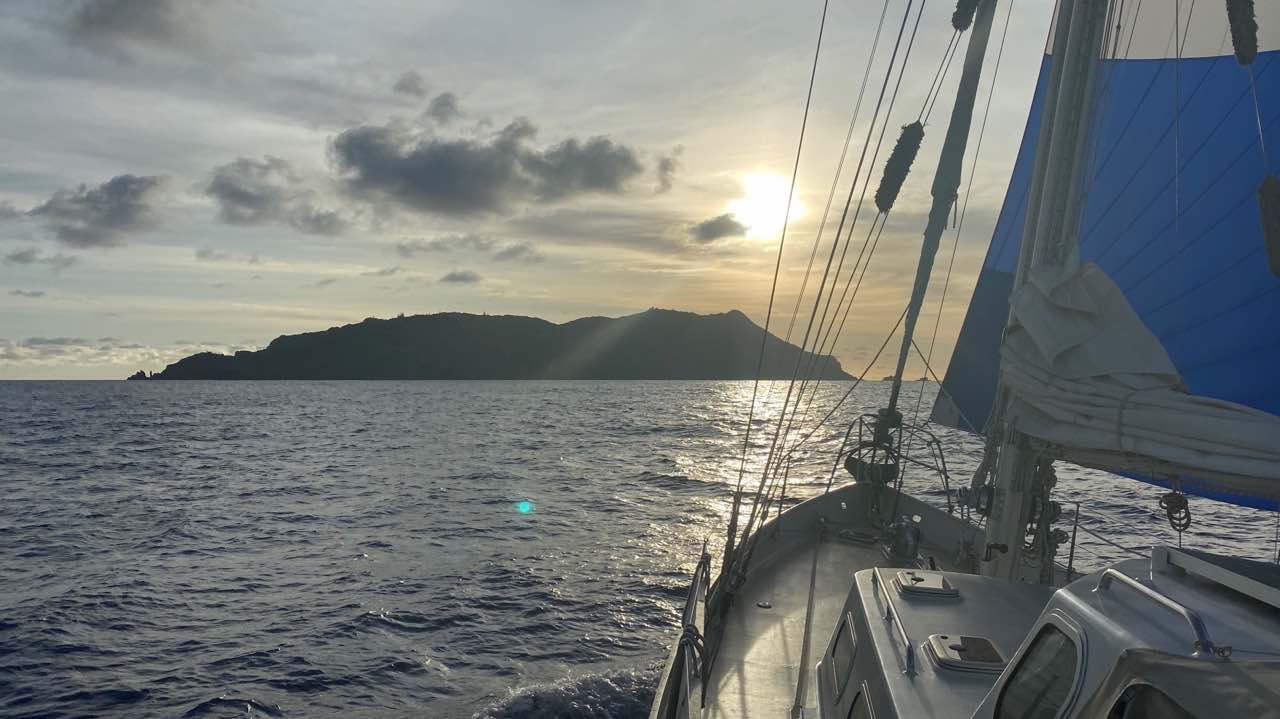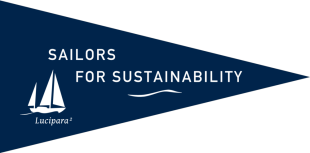Living With What You Have
As we approach the home of Brenda and her husband Mike, we pass large vegetable gardens filled with pumpkins, tomatoes, lettuce, cucumbers, and melons. “The supply ship only comes four times a year, so we grow a lot of fruit and vegetables ourselves” Mike explains. “It’s all for our own consumption”, he clarifies when he sees our eager faces. “But my sister-in-law probably has something for you,” he adds. Later that afternoon, we can indeed replenish our fruit and vegetable supplies with bananas, melons, salad, cucumbers, and passion fruit. All fresh, organic, local and unpackaged; it doesn’t get more sustainable than that.
We learn that for the residents of Pitcairn, it is the most natural thing in the world to help each other. “Of course, we are a close-knit community” Brenda explains. Everyone has multiple roles and we all have to do with what we have. After all, we can’t just buy something new.” As a result, the islanders share things and fix whatever breaks. Consumerism and competition about who has the latest gadget are hard to find here.
Clever Waste Management
The mentality to fix things rather than replace them and the lack of consumerism also make for a smaller waste pile. Still, some garbage arises from packaging of imported food and goods, for example, so we wonder how they handle it on such a small island. Mike explains that the garbage is separated in different-coloured bins. Organic waste is used as compost for vegetable gardens, and they make souvenirs from glass bottles. Plastic is ground into small pieces and mixed with concrete to pave roads. Cans are put on the supply ship to be taken back to New Zealand for recycling. Now we understand why the island is so spotless.



